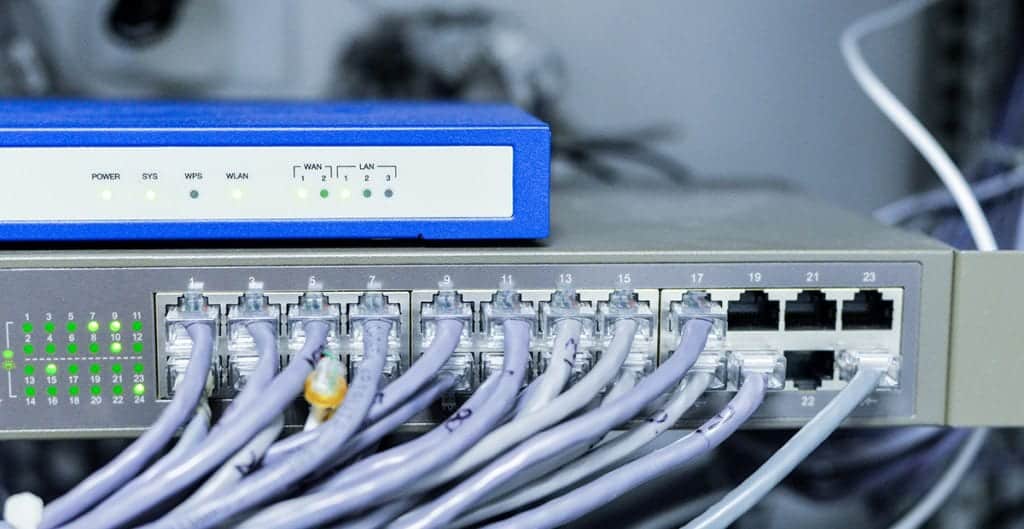For small businesses, setting up a network that allows multiple computer systems and other devices to communicate can be quite cumbersome. A minor omission or error can result in drastic consequences down the road, the reason why a lot of businesses in Manhattan prefer to entrust the design and set up of their office networks to Business IT support personnel.
Despite the advances in wireless connectivity and associated gadgets, a wired network remains the most assured mode of network connection that also offers the most security. Here we talk about the good old wired LAN (local area network) – what it is, how it functions and why they’re truly remarkable.
Wired Networks
A LAN usually refers to the computers in a building: in your office, in your home, all connected to each other by physical cables. This wired network connects computers and other devices that are relatively close to each other. These systems can share documents, printers, servers and internet access. The computers are connected by way of ethernet cables. These cables are connected to a central switch or router, which in turn has access to a server or to the internet. If a LAN is connected to more systems over the internet, then it can be considered a WAN (“wide area network”).
Network Components
Ethernet cables are the physical means of connection that which allows us to connect multiple devices and ultimately form a LAN. The ethernet also typically includes a central switch or router; which can be connected to a modem for internet access.
Routers assigns local IP addresses to the connected systems and make sure network traffic gets directed to the appropriate device. You can think of a local IP address similar to the apartment numbers – having their own unique designation within the building.
A switch is a device that connects multiple devices using ethernet cables and can also plug into a router thereby adding a number of extra ethernet ports.
A modem processes signals from an ISP (internet service provider) that connects you to the internet. Several modern modems combine the functions of a wired as well as wireless router as well, making it sufficient for the purposes of a small office or home network.
Benefits of a LAN
A LAN is a single interconnected entity. It enables stored on one computer can be used or accessed by another system within the same LAN (or, in other words, part of the same local network).
You can share access to expensive peripheral equipment such as laser printers or fax machines. As long as it is properly set up, all the devices on your network should be able to use the shared equipment efficiently.
A LAN allows you to share files without resorting to transferring files via emails or usb thumb drives. Common files can be stored on a server or allowed access through shared folders.
Networked access to computers allows IT staff to access your computer remotely. They can access easily control your computer in case you come across a technical issue without physically coming over to your desk and interrupting your work.
By having professional IT support set up a LAN the right way, not only will you save time and money, but also avoid the headache of having to worry about it all the time.



